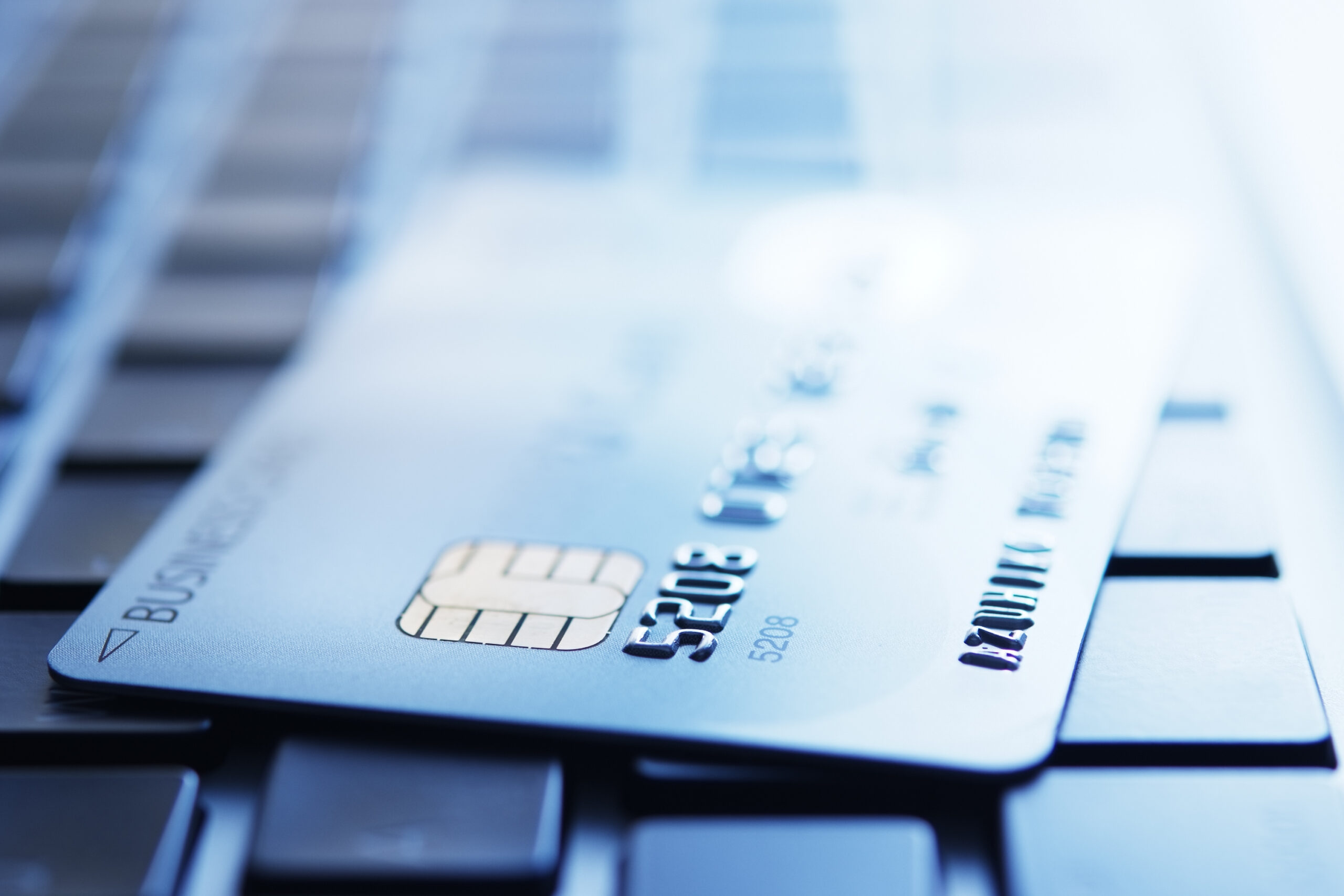Have you ever noticed similarities between credit card numbers from the same bank or card issuer? That’s because Canadian credit card numbers have specific meanings that help retailers and financial institutions process payments accurately and securely.
Let’s find out what those meanings are.
What credit card numbers represent
The first digit in a credit card number indicates which financial institution issued it, and which industry it belongs to.
- If a card starts with 3 it’s likely an American Express, and belongs to the travel/entertainment industry.
- If a card starts with 4 then it’s a Visa credit card, and is part of the banking and finance industry.
- If a card starts with 5 then it’s a Mastercard credit card, and also belongs to banking/finance
- If a card starts with 6, then it’s a Discover card. A 6 represents merchandising and banking.
Credit cards that start with other numbers may be used by specific Canadian businesses, such as gas stations or other retailers.
The remaining digits in a credit card number represent similar information on Visa, Mastercard and American Express credit cards, but there are some differences where Amex is concerned.
Mastercard and Visa credit card numbers
When it comes to Visa and Mastercard, which both have 16-digit credit card numbers, the first six digits are the bank identification number, or BIN. This shows what financial institution issued the card. Banks may have more than one BIN.
The next nine digits represent your account number. The final digit is the validator, which helps protect against fraud and ensures the merchant is getting a valid credit card number.
Here’s an example using credit card number 5415 9052 3492 1230.
- This number starts with a 5, indicating it’s a Mastercard.
- The first six digits, 5415 90, are the BIN for an RBC Mastercard.
- The next nine digits, 52 3492 123 represent an account number we made up.
- The final digit is the validator.
American Express credit card numbers
American Express credit card numbers are a bit different, and not only because they use 15-digits.
Amex cards share their first digit, a 3, with other credit cards, so the company follows that with either a 4 or a 7 to differentiate their cards.
The third and fourth digits are a bit of a mystery since American Express does not publish the meaning behind them. Some believe they identify the type of card (charge vs credit card) and the currency (i.e., Canadian dollars).
The next six digits in an American express credit card number are the account number. The three after that represent the card number within the account, and may change depending on how many times your card has been replaced. The final digit is the validator.
Here’s an example using 3429 986752 11009.
- The first two digits, 34, identify it as an Amex card. The next two are our mystery numbers that may represent the kind of card (charge vs. credit card) and currency.
- The next seven digits, 986752 1, are the account number.
- The next three, 100, represent the card number within the account.
- The final number is the validator.
Other numbers on your credit card
There are a few more numbers on your credit card to be aware of, especially if you’re shopping online or making a purchase over the phone.
The expiration date is four digits, and shows what month and year the credit card expires. A credit card can be used up until the last day of the month listed in the expiration date. After this, the card will be declined.
The CVV (card verification value) number is a security code that is located on the back of Visa and Mastercard credit cards, but on the front of American Express cards. Visa and Mastercard have three-digit CVVs; Amex’s are four digits.
Finally, there are the credit card issuer’s contact numbers, the phone numbers to call should you need any assistance with your credit card.
Frequently asked questions about credit card numbers
Credit card numbers are separated into groups on the front of your card, but the groupings aren’t significant. For Visa and Mastercard, the first four digits are only part of a six-digit identifying number. For Amex, the first two digits identify it as an Amex card, while the meaning of the next two hasn’t been publicly disclosed.
If you have a Visa or Mastercard, your CVV will be a three-digit code on the back of your card. If you have an American Express, your CVV will be a four-digit code on the front.
DIVE EVEN DEPER

Compare Canada’s Best Credit Cards for October 2024
NerdWallet Canada’s picks for the best credit cards include top contenders across numerous card categories. Compare these options to find the ideal card for you.

Everything You Need To Know About Canada’s New Credit Card Fee
Canadian merchants can now charge consumers an extra 2.4% just for swiping a Visa or Mastercard. How many businesses will charge the fee remains unclear.

What Is a Credit Card Grace Period?
Credit card grace periods come with a number of rules and exceptions, and it’s important to understand them so you can avoid paying unexpected interest charges.



